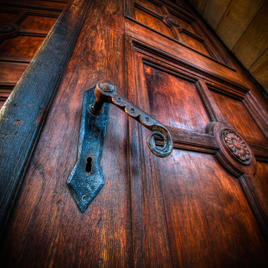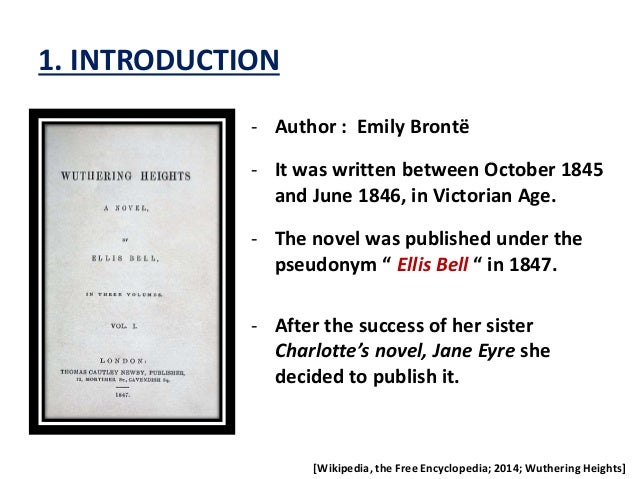

In its attention to the dark side of human nature and the chaos of irrationality, the Gothic provides for contemporary readers some insight into the social and intellectual climate of the time in which the literature was produced. Although Horace Walpole is credited with producing. In the twentieth and twenty-first centuries, the ongoing fascination with horror, terror, the supernatural, vampires, werewolves, and other things that go bump in the night evidences the power the Gothic continues to exert. Gothic literature, a movement that focused on ruin, decay, death, terror, and chaos, and privileged irrationality and passion over rationality and reason, grew in response to the historical, sociological, psychological, and political contexts of the late eighteenth and early nineteenth centuries. Hyde in the nineteenth century demonstrates both the transformation and the influence of the Gothic. Certainly, any close examination of the works of Edgar Allan Poe, Bram Stoker's Dracula, or Robert Louis Stevenson's The Strange Case of Dr. There are those such as David Punter in The Literature of Terror: A History of Gothic Fictions from 1765 to the Present Day and Fred Botting in Gothic who follow the transitions and transformations of the Gothic through the twentieth century. While it may be comparatively easy to date the beginning of the Gothic movement, it is much harder to identify its close, if indeed the movement did come to a close at all. The Castle of Otranto was soon followed by William Beckford's Vathek (1786) Ann Radcliffe's The Mysteries of Udolpho (1794) and The Italian (1797) Matthew Lewis's The Monk (1796) Charles Brockden Brown's Wieland (1797) Mary Shelley's Frankenstein (1818) and Charles Robert Maturin's Melmoth the Wanderer (1820). Walpole's novel was wildly popular, and his novel introduced most of the stock conventions of the genre: an intricate plot stock characters subterranean labyrinths ruined castles and supernatural occurrences. Finally, the Graveyard School of poetry, so called because of the attention poets gave to ruins, graveyards, death, and human mortality, flourished in the mid-eighteenth century and provided a thematic and literary context for the Gothic. In addition, Edmund Burke's 1757 treatise, A Philosophical Enquiry into the Sublime and Beautiful, offered a philosophical foundation. First, Walpole tapped a growing fascination with all things medieval and medieval romance provided a generic framework for his novel.

Although Horace Walpole is credited with producing the first Gothic novel, The Castle of Otranto, in 1764, his work was built on a foundation of several elements.

The volume also includes a chronology and guides to further reading.Gothic literature, a movement that focused on ruin, decay, death, terror, and chaos, and privileged irrationality and passion over rationality and reason, grew in response to the historical, sociological, psychological, and political contexts of the late eighteenth and early nineteenth centuries. Along the way, these essays explore the connections of Gothic fictions to political and industrial revolutions, the realistic novel, the theatre, Romantic and post-Romantic poetry, nationalism and racism from Europe to America, colonized and post-colonial populations, the rise of film and other visual technologies, the struggles between 'high' and 'popular' culture, changing psychological attitudes towards human identity, gender and sexuality, and the obscure lines between life and death, sanity and madness. In this volume, fourteen world-class experts on the Gothic provide thorough and revealing accounts of this haunting-to-horrifying type of fiction from the 1760s (the decade of The Castle of Otranto, the first so-called 'Gothic story') to the end of the twentieth century (an era haunted by filmed and computerized Gothic simulations). Gothic as a form of fiction-making has played a major role in Western culture since the late eighteenth century.


 0 kommentar(er)
0 kommentar(er)
